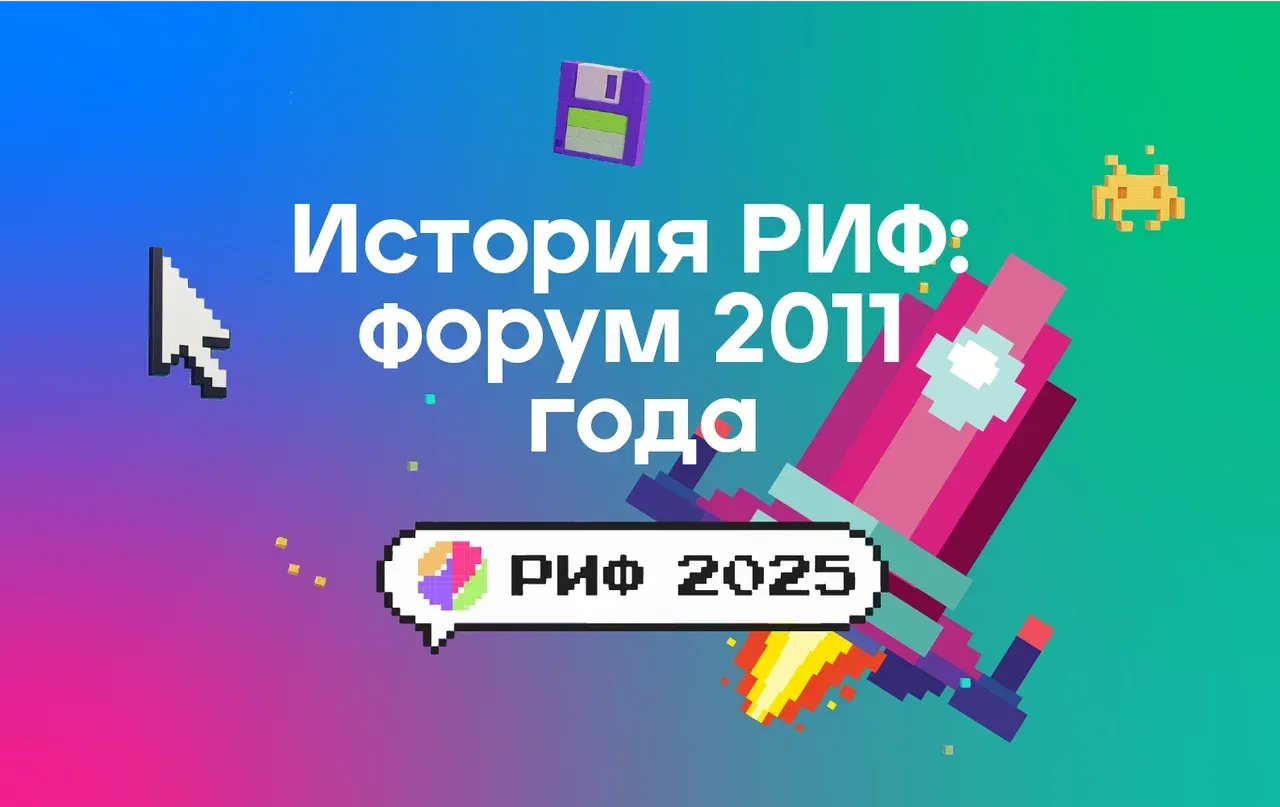RIF 2011: The Smartphone User, Body Art Promoters, and the Future of Runet
More than 7,000 attendees. Russia’s Internet isn’t just growing — it’s evolving. At RIF+KIB 2011, insiders tried to read both its past and its next frontier.

When the Internet Lives in Your Hand
RIF + KIB 2011 drew a crowd of over 7,000 participants, a clear signal that the Russian digital scene was accelerating. In 2011, Russia counted more than 57 million Internet users — and the vanguard of that base flew in from around the country to the suburban 'Lesnye Dali' resort for three days of sessions, debates, and networking.
Who is this 'average' user? In a typical day, a Russian Internet user devoted 51 minutes to social networks, 26 minutes to search portals, 15 minutes to dating sites, 10 minutes to online games, 9 minutes watching video, 7 minutes for work tasks, and 5 minutes to education. All this often occurred from the workplace during business hours.
The mobile wave was already surging: of the 57 million users, 22 million accessed the Internet via mobile devices. Analysts projected that by 2014, in the regions beyond Moscow, Internet penetration might reach 71%, pushing the total audience to 80 million. As Russia’s 45+ generation joined the online ranks, the country threatened to overtake Europe in broadband reach.
Other sectors showed parallel momentum: the Russian web development market had grown by a third in 2010. Software 'finally hit the shelves' in the most positive sense — sales up by 15%. E-commerce, too, was forecast to grow 17% in 2011.
In a nod to its digital roots, President Dmitry Medvedev sent a greeting to conference attendees via Twitter: 'Hello to all RIF participants! Wishing you productive work and meaningful discussions.' Live greetings also came from Mikhail Seslavinsky (Federal Press and Mass Communications Agency) and Ilya Massukh (Deputy Minister of Communications).
Curated by the Community — and by Provocative Aesthetics
The conference format itself mirrored the participatory spirit of the Internet. On day one alone, 21 sessions ran, totaling over 42 hours. Each session counted 5–7 speakers on average. Some sessions were crowd-sourced: participants proposed topics or talks, which would then be voted into the program. The 'Program 2.0' block featured the top 10 crowd-chosen sessions, while a separate expert Program Committee filled out the rest.
RIF+KIB’s exhibition was a spectacle: over 600 square meters housed more than 40 booths. The creative and visual designs were deliberately bold — puzzles, stress toys, origami, erotic motifs, provocative giveaways. The promotional staff added another twist: many first-time attendees were baffled when promoters appeared in erotic lingerie or were painted in body art, with no visible branding. The rationale was blunt: 'Even at first glance, about 75% of RIF’s audience is male.'
On the program front, the hottest topics were: search socialization, creating unified communications environments, growth in non-standard and video advertising (including in apps and 'smart' ads in social networks), and the rise of group-buying services. Mobile Internet soared, especially among teens. Interest in news portals nearly doubled.
Attention also turned to responsibility: who is accountable for illegal online content? And how to enforce copyright? To encourage quality in tech journalism, the organizers held a contest for authors covering Runet, e-commerce, IP, and domestic development — winners traveled from Novosibirsk, Saratov, and St. Petersburg to collect their awards.
A side media initiative, the daily newspaper RocID:// News, gave attendees a digest of each day’s highlights and sessions. Meanwhile, UpStartConf, a stream dedicated to startups and investors, ran throughout the event — and resulted in real collaborations.
Momentum, Confidence, and the Rhythm of the Market
When the curtains closed on RIF 2011, participants departed satisfied — glowing about direction, energy, and the hunger to dive into new learning. One guest remarked: 'RIF+KIB feels very much like a religious pilgrimage … you sleep little, move a lot, get tired, but you immerse yourself in collective wisdom and derive enormous pleasure.'
The regional track (sessions about non-Moscow locales) was a standout. Regions appeared in far greater numbers than in 2010. In fact, securing a seat in some tents was impossible — people jammed not just between rows, but at doors and outside. The number of sessions evidently outpaced the resort’s capacity, pushing some into outdoor tents and overflow rooms.
On the digital front, the gains were real. Russia was building not just scale, but depth — moving from access to attention, and from novelty to monetization. The smartphone was becoming the frontline device. Social media, video, mobile ads, and group commerce weren’t just buzzwords — they were emerging pillars of a new economy. And Russia was positioning itself not just to catch up with the West, but to lead in certain segments.

